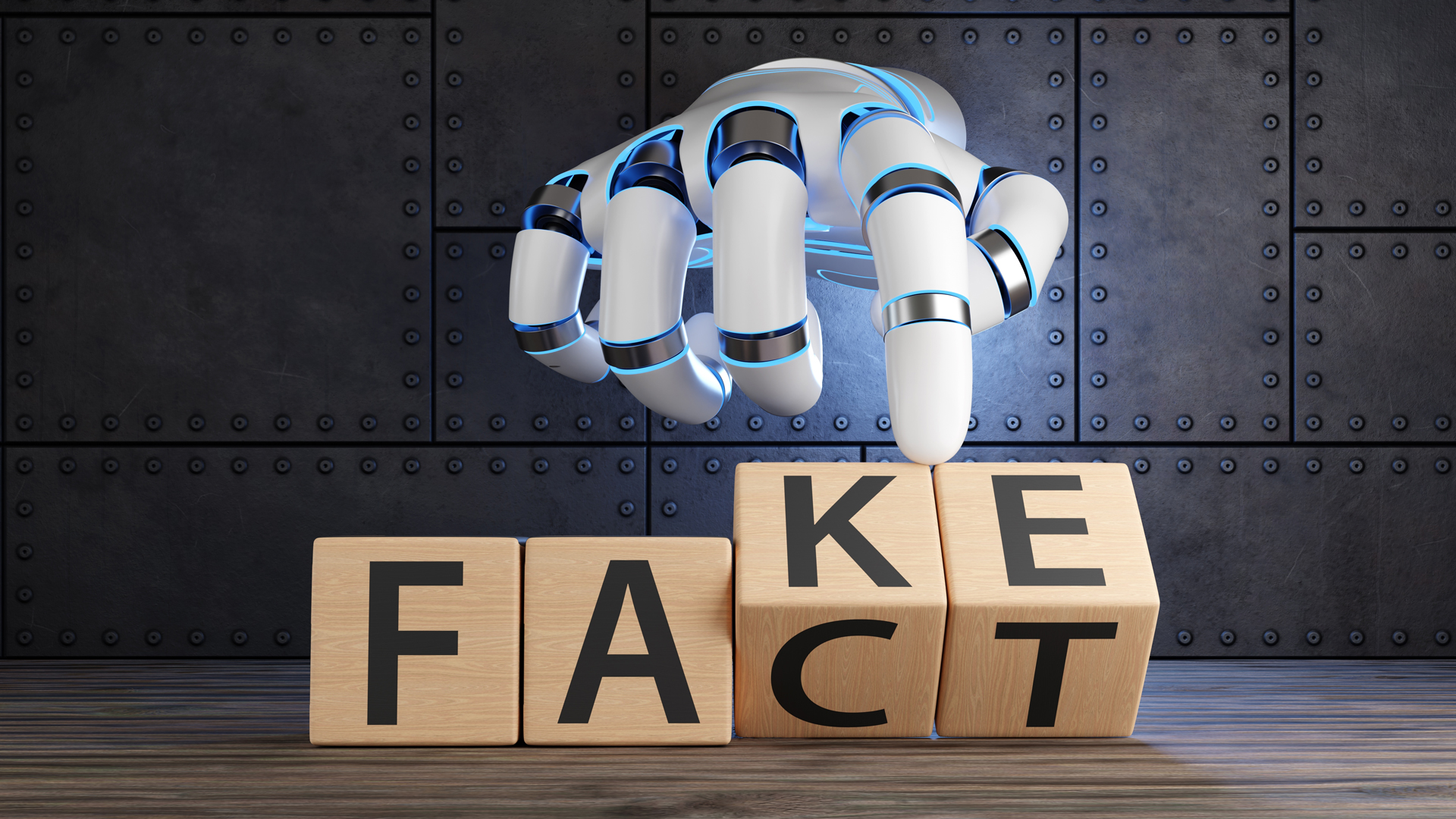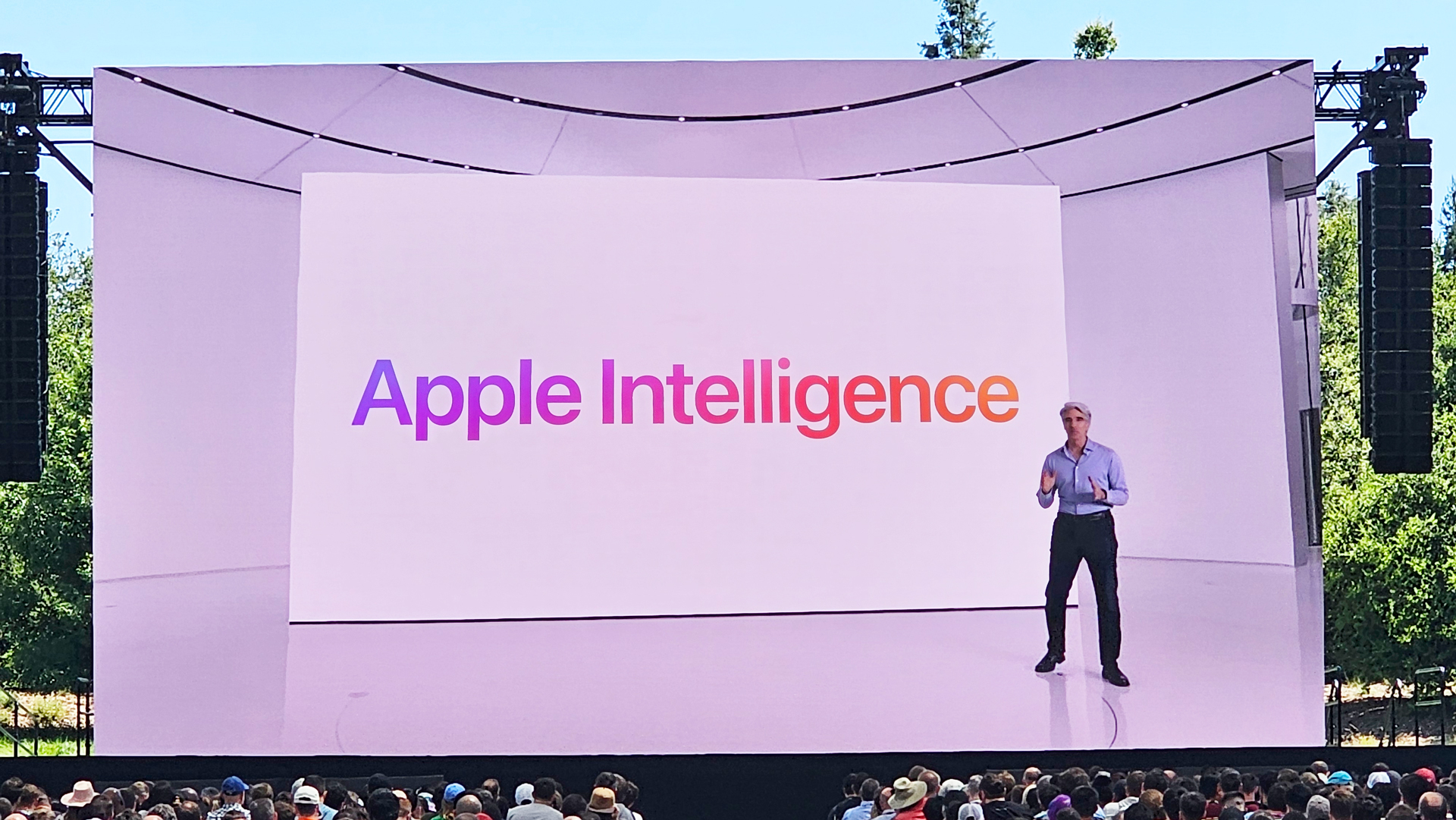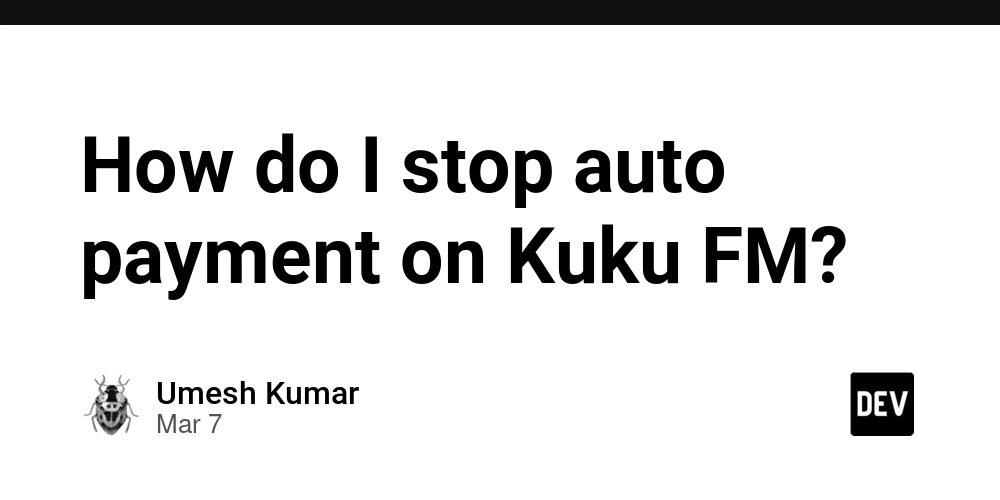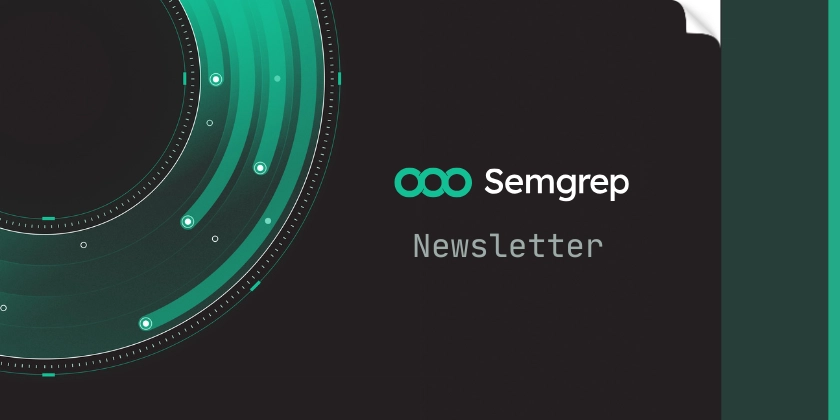Promptcraft: How to Talk to Robots (So They Don’t Make You a Sandwich When You Meant a Website)
We’ve entered a new age—an era where human language, once considered too imprecise to control logic and software, is now the programming interface itself. Large language models have opened the door to something long imagined: machines that understand us not through rigid syntax, but through conversational nuance. And yet, in this exciting new world, one truth is becoming increasingly clear: humans are not great at expressing what’s in their heads. Communication: The Old Limitation Humans have always struggled with communication. Ideas exist in our minds in full color, with motion, context, and emotion—but the moment we try to externalize them, much is lost. This inefficiency has always been a barrier to collaboration, creativity, and productivity. But now, the stakes have changed. With AI systems capable of interpreting language directly, our ability to describe becomes our ability to program. We’ve long dreamed of talking to machines like we talk to people. Now that we can, it turns out… we’re a little rusty. (Cue nervous laugh and awkward shrug.) Prompting as a New Literacy System prompts are now a legitimate language. Prompt engineering isn’t just a novelty—it’s a new kind of literacy. It’s not enough to say "do the thing." We have to be clear, vivid, and exhaustive. Let’s consider a basic example: Vague Instruction: "Brush your teeth." A child might hear that and go through the motions—maybe a ten-second effort with no toothpaste, humming their favorite cartoon intro while smearing plaque from one molar to the next. Detailed Prompt: "Go to the bathroom and stand in front of the sink. Pick up your toothbrush using your dominant hand. Grab the toothpaste tube, unscrew the cap, and squeeze out a pea-sized amount onto the bristles—centered, not spilling over the edge. Start with the upper right molars. Brush each tooth individually, using small, gentle circular motions with light pressure—about the weight of a grape. Spend at least 5 seconds on each surface: outer, inner, and chewing. Move forward tooth by tooth until you reach the front teeth. Angle the brush at 45 degrees to the gumline to clean effectively. Repeat the same technique on the upper left, then switch to the lower right quadrant, and finally the lower left. Don't forget the backs of the front teeth—use vertical strokes here with the brush tip. After all surfaces are cleaned, brush the top and sides of your tongue gently to remove bacteria. Spit out the toothpaste like a tiny dragon, rinse your mouth with water, and thoroughly rinse the toothbrush under running water. Shake off excess and place it bristle-up in the holder to air dry like a toothbrush samurai, awaiting the next battle." This isn’t overkill. This is the standard now—if not in day-to-day life, then certainly when talking to AI systems. Professions That Already Understand This Some fields have already been training people in the art of precision communication for decades. These aren't just relevant—they're foundational to becoming a world-class prompt crafter. Certain disciplines already embrace this mindset: Behavioral therapists are trained in Applied Behavior Analysis (ABA), which revolves around breaking down behaviors into tiny, repeatable, observable steps. This is the essence of clear prompting. Their use of task analysis, chaining, and prompt fading maps one-to-one with how we craft prompts for LLMs.
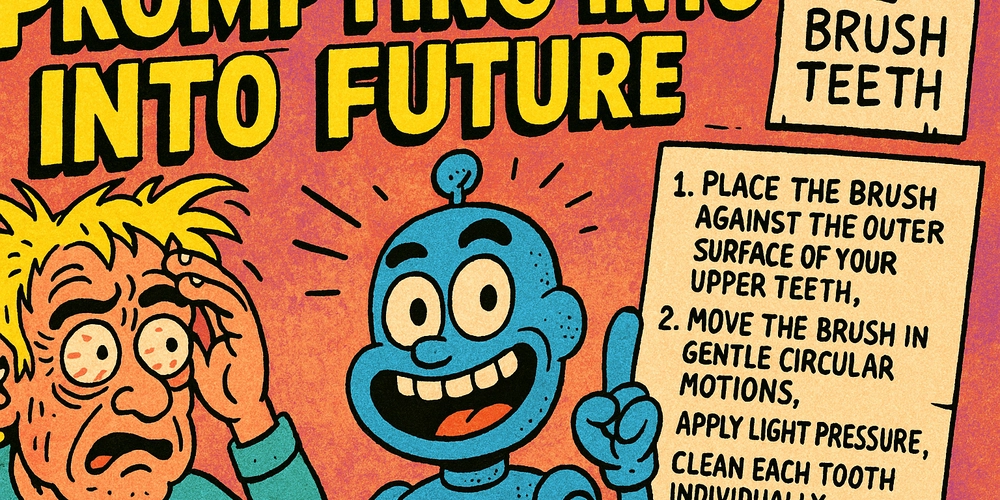
We’ve entered a new age—an era where human language, once considered too imprecise to control logic and software, is now the programming interface itself.
Large language models have opened the door to something long imagined: machines that understand us not through rigid syntax, but through conversational nuance. And yet, in this exciting new world, one truth is becoming increasingly clear: humans are not great at expressing what’s in their heads.
Communication: The Old Limitation
Humans have always struggled with communication. Ideas exist in our minds in full color, with motion, context, and emotion—but the moment we try to externalize them, much is lost. This inefficiency has always been a barrier to collaboration, creativity, and productivity.
But now, the stakes have changed.
With AI systems capable of interpreting language directly, our ability to describe becomes our ability to program. We’ve long dreamed of talking to machines like we talk to people. Now that we can, it turns out… we’re a little rusty. (Cue nervous laugh and awkward shrug.)
Prompting as a New Literacy
System prompts are now a legitimate language. Prompt engineering isn’t just a novelty—it’s a new kind of literacy. It’s not enough to say "do the thing." We have to be clear, vivid, and exhaustive.
Let’s consider a basic example:
Vague Instruction:
"Brush your teeth."
A child might hear that and go through the motions—maybe a ten-second effort with no toothpaste, humming their favorite cartoon intro while smearing plaque from one molar to the next.
Detailed Prompt:
"Go to the bathroom and stand in front of the sink. Pick up your toothbrush using your dominant hand. Grab the toothpaste tube, unscrew the cap, and squeeze out a pea-sized amount onto the bristles—centered, not spilling over the edge.
Start with the upper right molars. Brush each tooth individually, using small, gentle circular motions with light pressure—about the weight of a grape. Spend at least 5 seconds on each surface: outer, inner, and chewing. Move forward tooth by tooth until you reach the front teeth. Angle the brush at 45 degrees to the gumline to clean effectively.
Repeat the same technique on the upper left, then switch to the lower right quadrant, and finally the lower left. Don't forget the backs of the front teeth—use vertical strokes here with the brush tip.
After all surfaces are cleaned, brush the top and sides of your tongue gently to remove bacteria. Spit out the toothpaste like a tiny dragon, rinse your mouth with water, and thoroughly rinse the toothbrush under running water. Shake off excess and place it bristle-up in the holder to air dry like a toothbrush samurai, awaiting the next battle."
This isn’t overkill. This is the standard now—if not in day-to-day life, then certainly when talking to AI systems.
Professions That Already Understand This
Some fields have already been training people in the art of precision communication for decades. These aren't just relevant—they're foundational to becoming a world-class prompt crafter.
Certain disciplines already embrace this mindset:
-
Behavioral therapists are trained in Applied Behavior Analysis (ABA), which revolves around breaking down behaviors into tiny, repeatable, observable steps. This is the essence of clear prompting. Their use of task analysis, chaining, and prompt fading maps one-to-one with how we craft prompts for LLMs.










































































































































































![[The AI Show Episode 144]: ChatGPT’s New Memory, Shopify CEO’s Leaked “AI First” Memo, Google Cloud Next Releases, o3 and o4-mini Coming Soon & Llama 4’s Rocky Launch](https://www.marketingaiinstitute.com/hubfs/ep%20144%20cover.png)

















































































































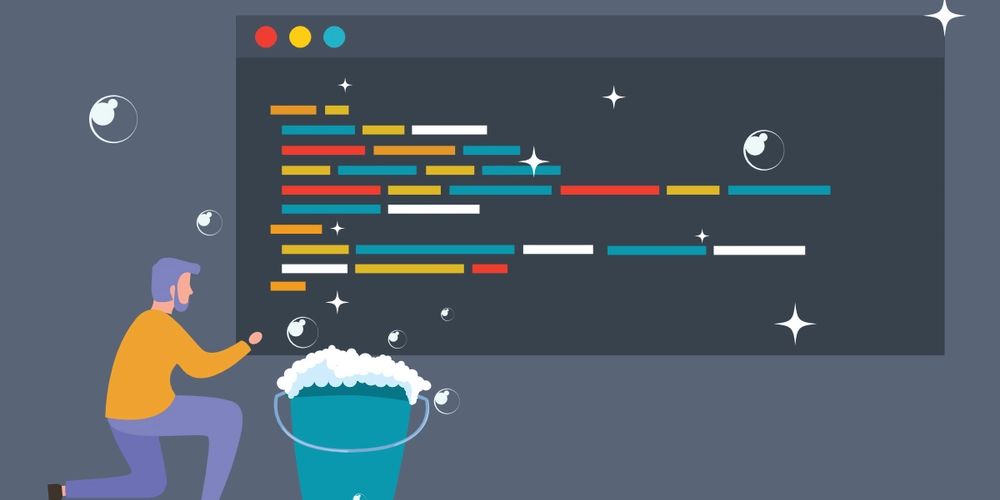
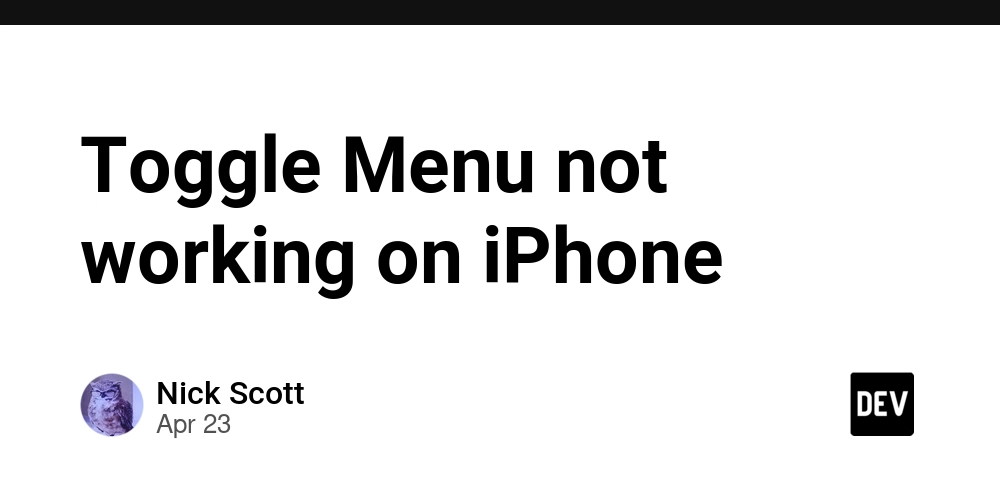







































![BPMN-procesmodellering [closed]](https://i.sstatic.net/l7l8q49F.png)






































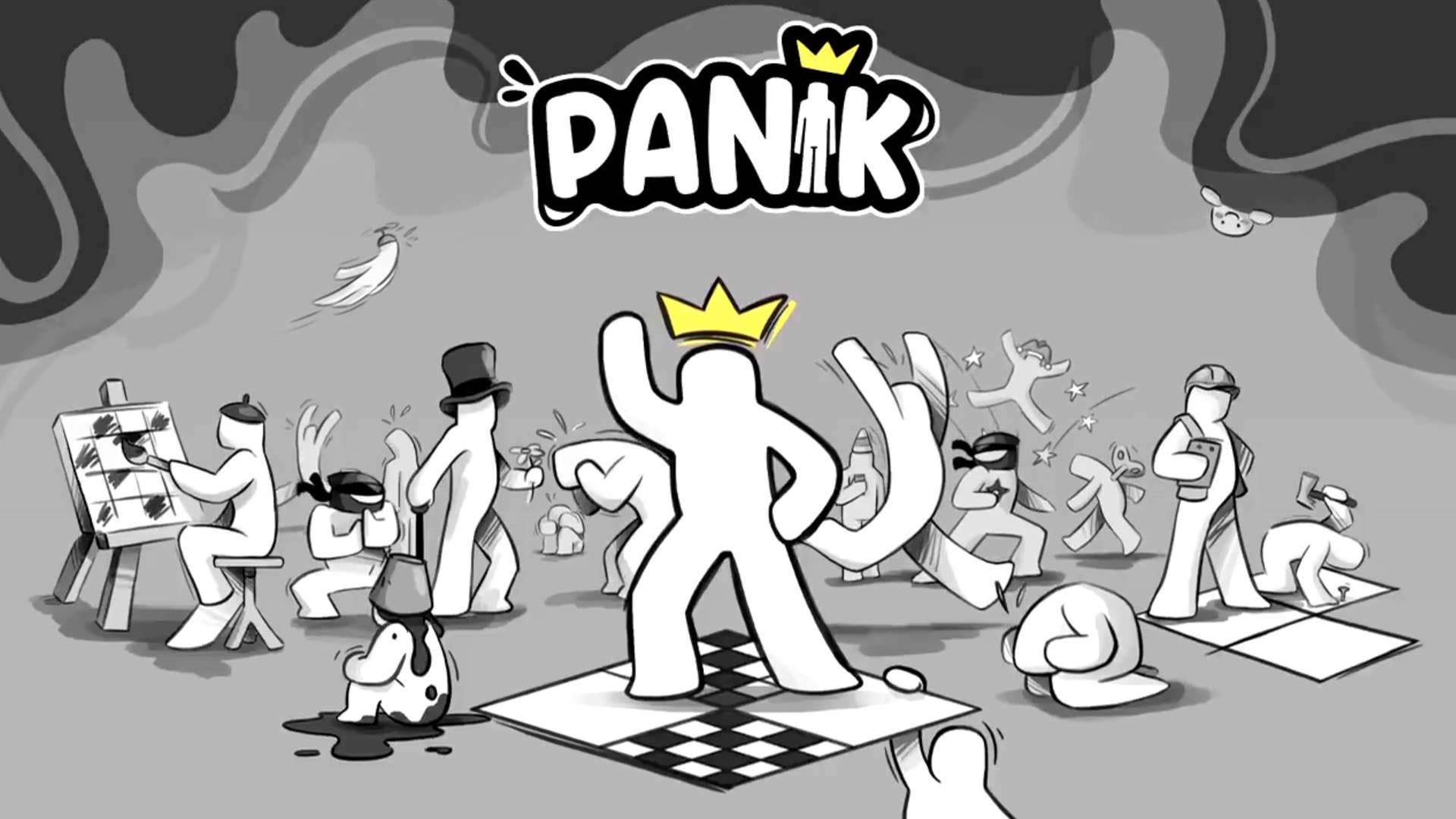





















































-All-will-be-revealed-00-35-05.png?width=1920&height=1920&fit=bounds&quality=70&format=jpg&auto=webp#)
-All-will-be-revealed-00-17-36.png?width=1920&height=1920&fit=bounds&quality=70&format=jpg&auto=webp#)























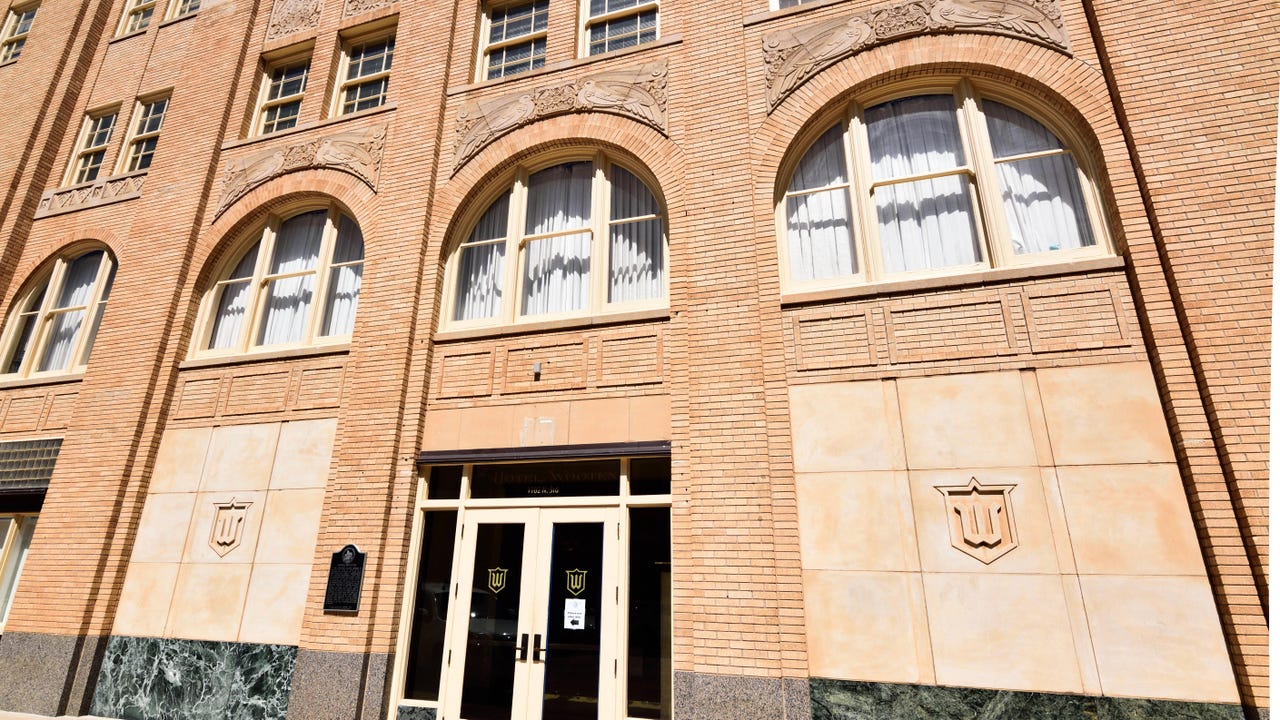








































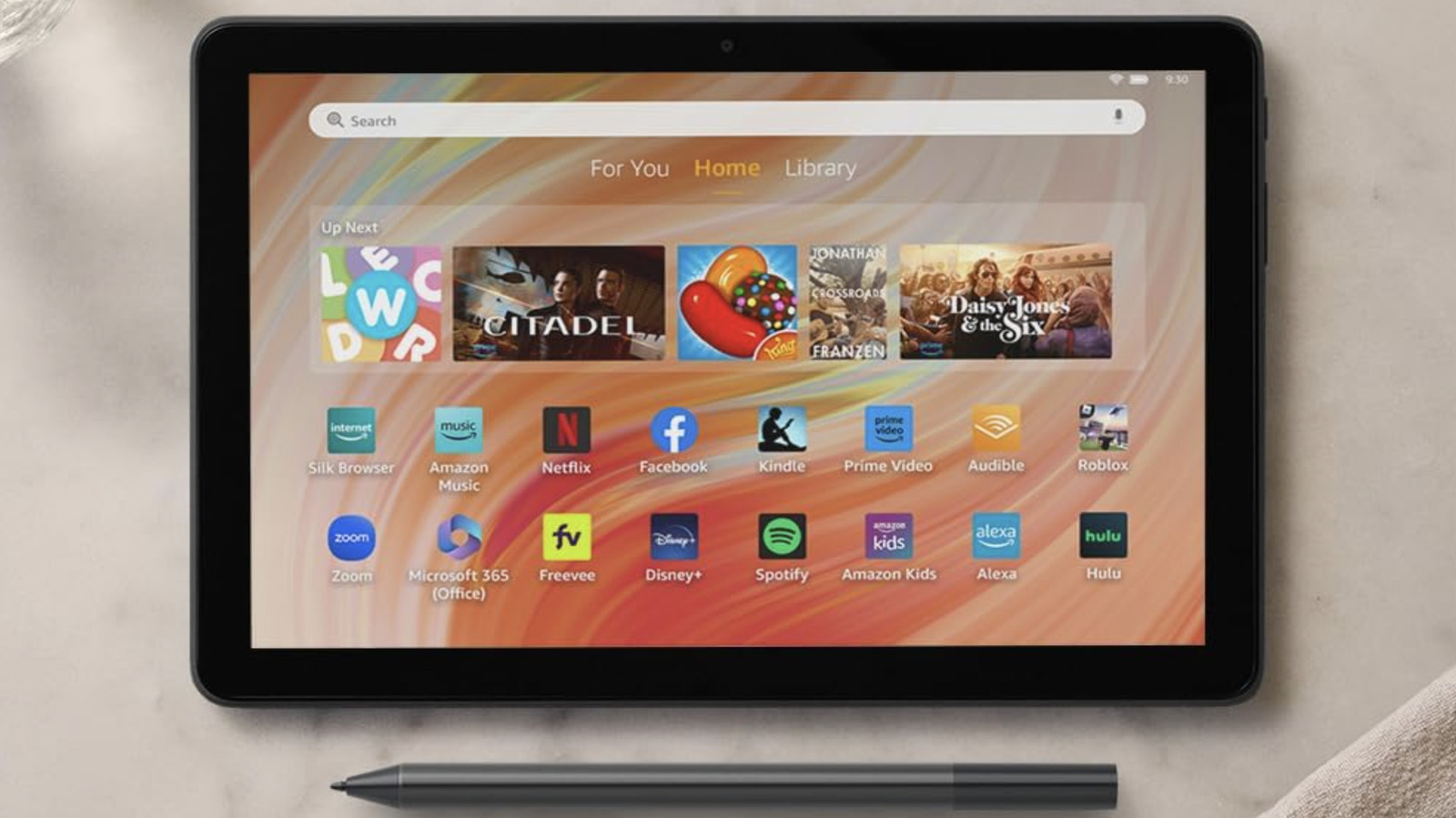












































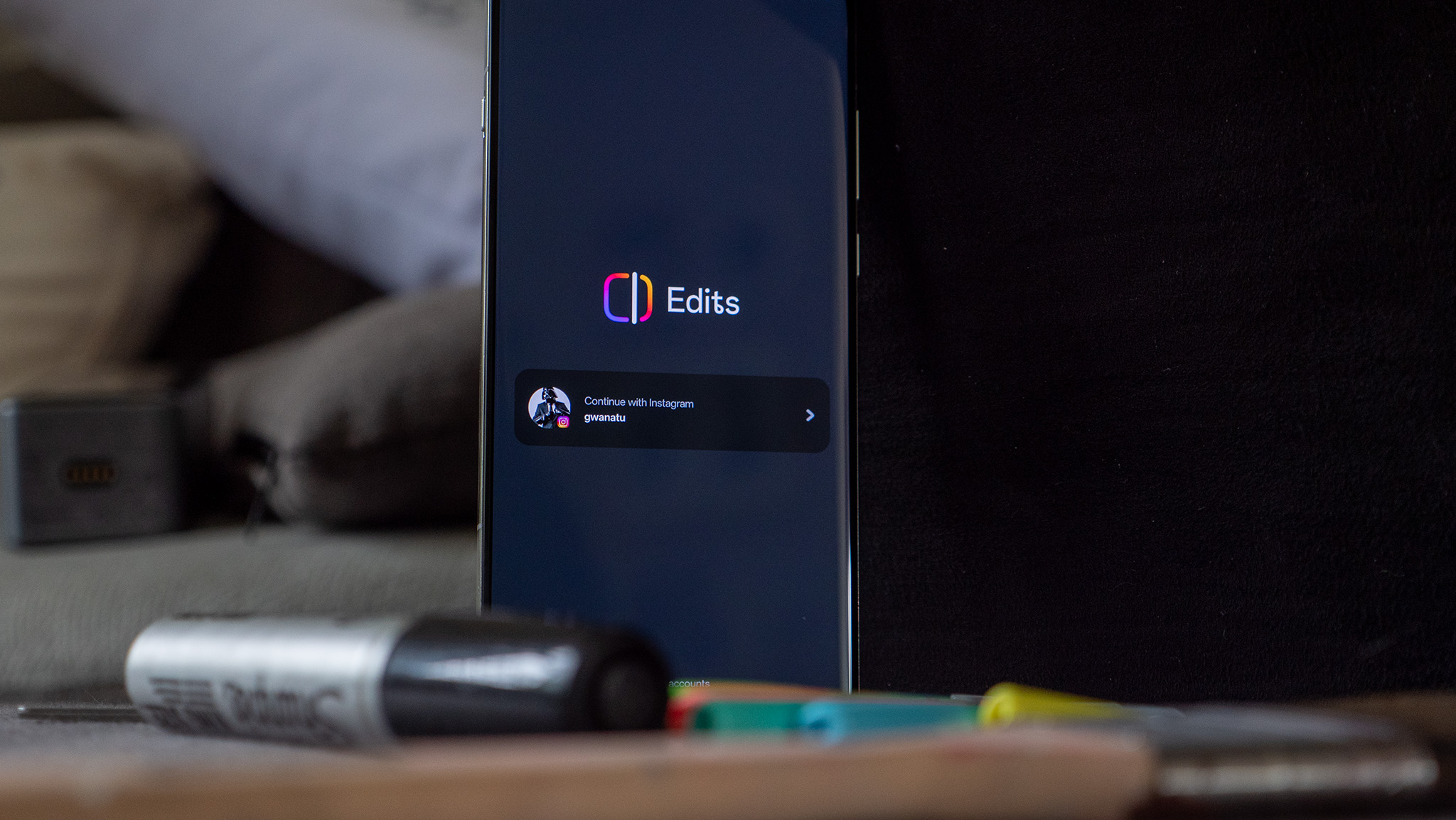
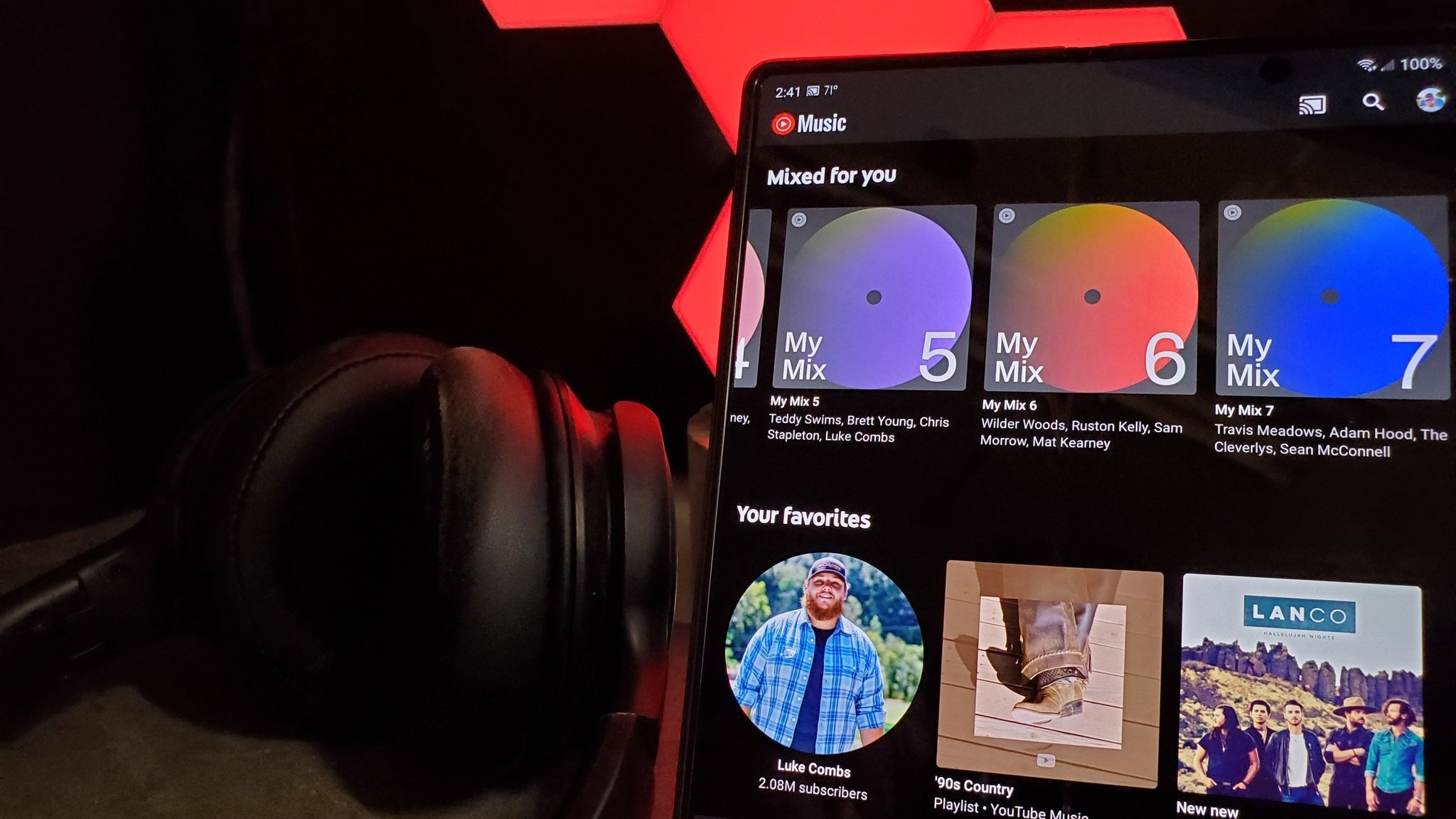

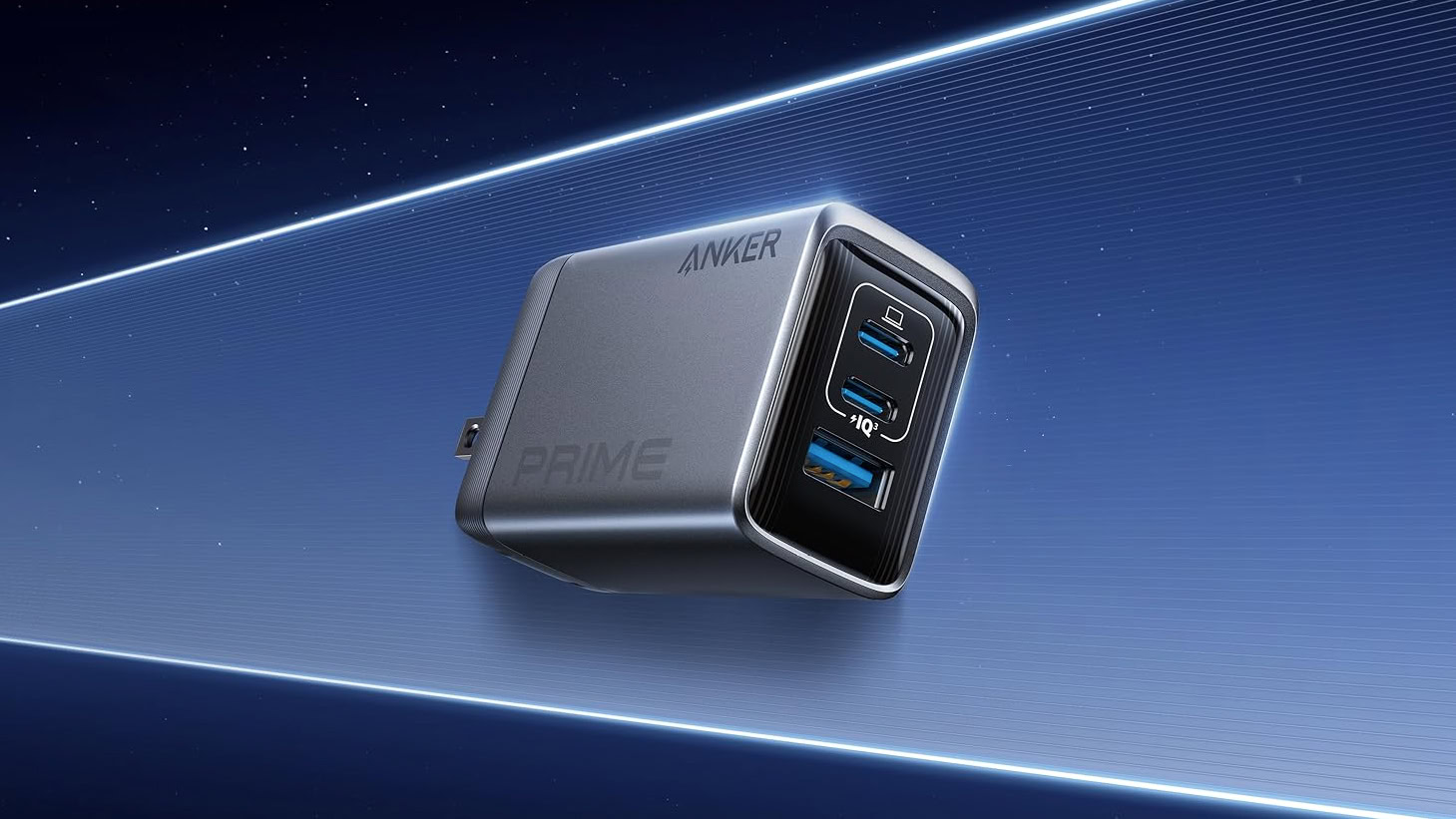
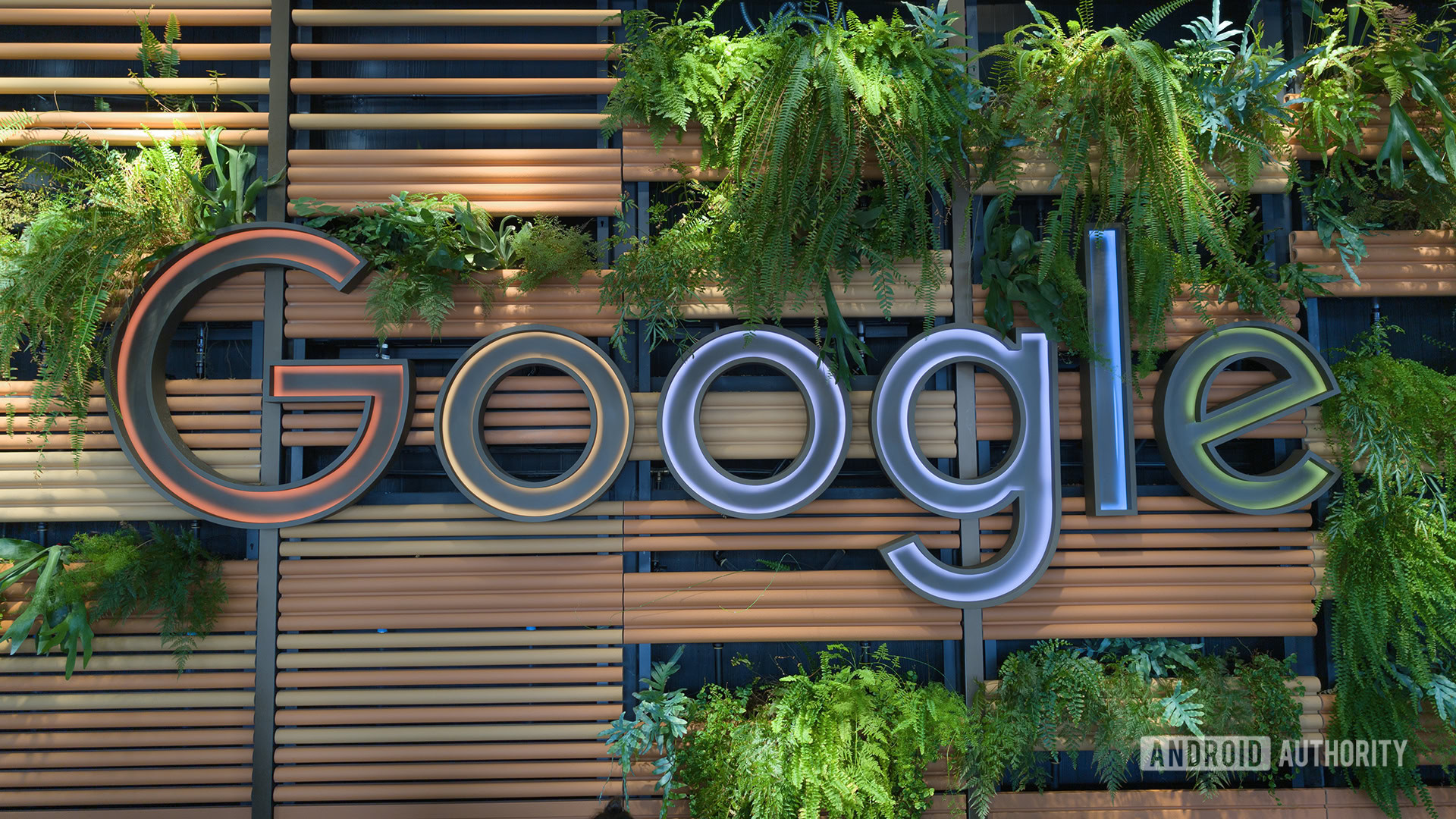


![What iPhone 17 model are you most excited to see? [Poll]](https://9to5mac.com/wp-content/uploads/sites/6/2025/04/iphone-17-pro-sky-blue.jpg?quality=82&strip=all&w=290&h=145&crop=1)














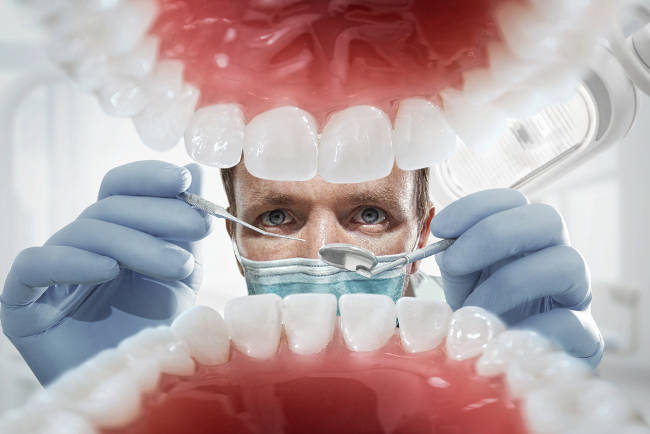

![Hands-On With 'iPhone 17 Air' Dummy Reveals 'Scary Thin' Design [Video]](https://www.iclarified.com/images/news/97100/97100/97100-640.jpg)
![Mike Rockwell is Overhauling Siri's Leadership Team [Report]](https://www.iclarified.com/images/news/97096/97096/97096-640.jpg)
![Instagram Releases 'Edits' Video Creation App [Download]](https://www.iclarified.com/images/news/97097/97097/97097-640.jpg)
![Inside Netflix's Rebuild of the Amsterdam Apple Store for 'iHostage' [Video]](https://www.iclarified.com/images/news/97095/97095/97095-640.jpg)














